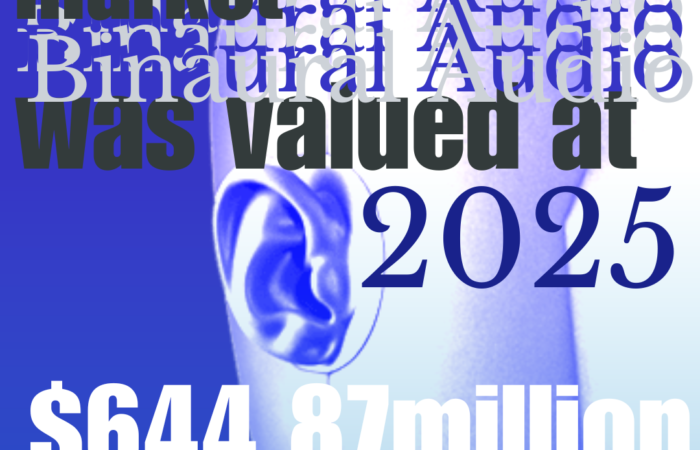Transform your SOUNDS
into IMMERSIVE experiences
Where spatial perception meets audio innovation
Why Immersive Audio?
This technology fully immerses you in sound.
Thanks to object-based audio, ambisonics, binaural audio, and multichannel systems, it creates a sense of depth, directionality, and 360° movement.
The result is a hyper-realistic and immersive listening experience, effective in physical spaces as well as virtual or hybrid environments.
Technically, it combines spatial encoding, real-time rendering, and adaptive playback systems.
How Can Spatial Audio Enhance Your Projects?
This technology enhances storytelling, amplifies emotional impact, and fosters a deeper connection between audience, narrative and space.
Latest Projects
IMMERSIVE AUDIO STARTER KIT
An essential guide to spatial audio
💥 Discover how space shapes sound-driven storytelling
🤔 Understand formats: object-based, multichannel, binaural, and ambisonics
👁🗨 Includes personalized coaching 1:1
👂 Gain insight into HRTF (Head-Related Transfer Function) and its impact on spatial accuracy
🎛 Explore key technical principles behind immersive sound design
🎯 Learn how to choose the right spatial audio approach for your project
Services
Sound Data Curation
I curate spatial and non-spatial audio datasets for training AI models and sound recognition systems.
ExplorePersonalized Mentorship
I provide strategic mentorship to help artists, producers, and organizations implement spatial audio in creative and technical projects.
ContactTechnical Consulting
I advise on multichannel setups, acoustics, and spatial workflows for immersive audio environments.
ContactWorkshops and Training
I lead hands-on workshops for creatives and companies to master immersive audio.
Join
Evolutionary Map of Immersive Audio: Technologies, Companies, and Trends Toward 2030






